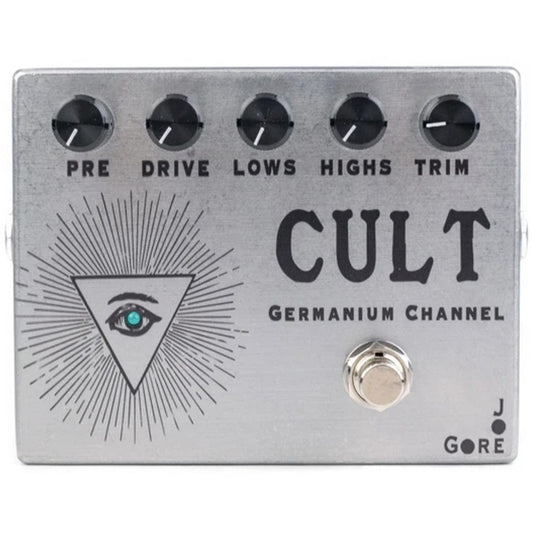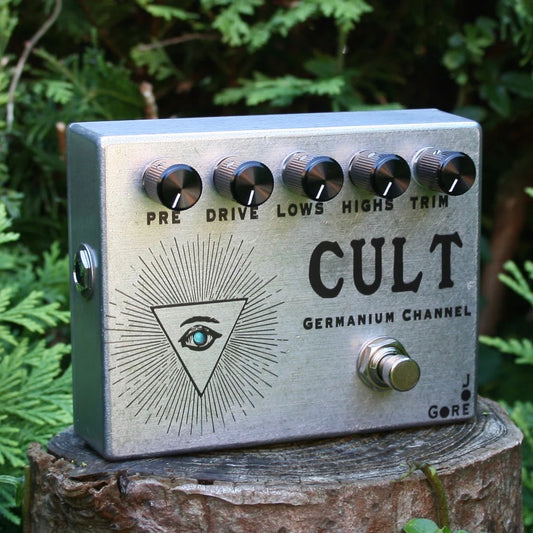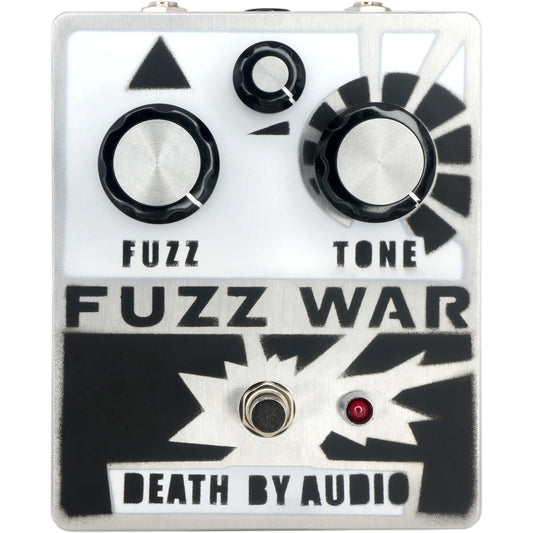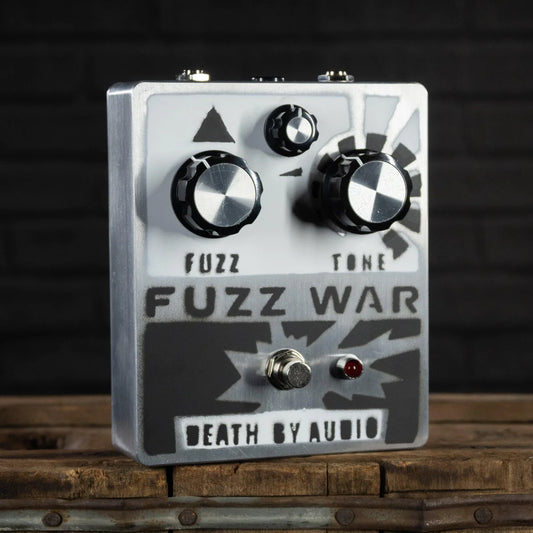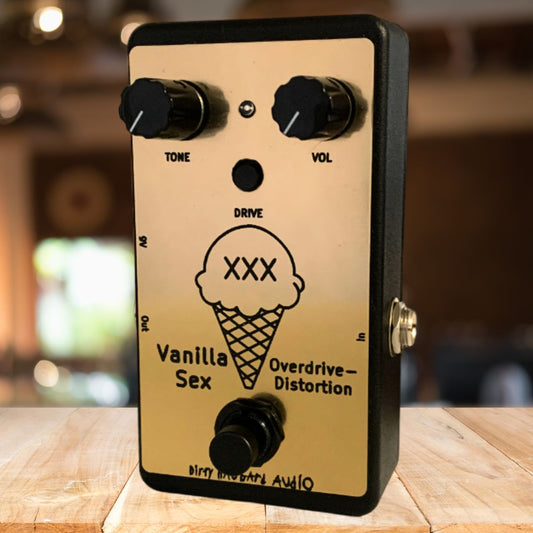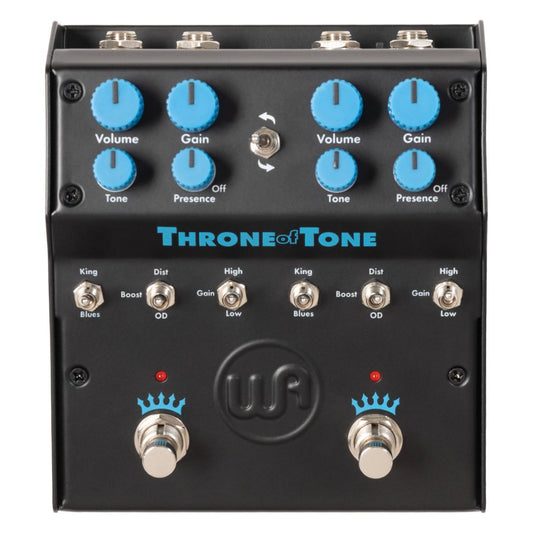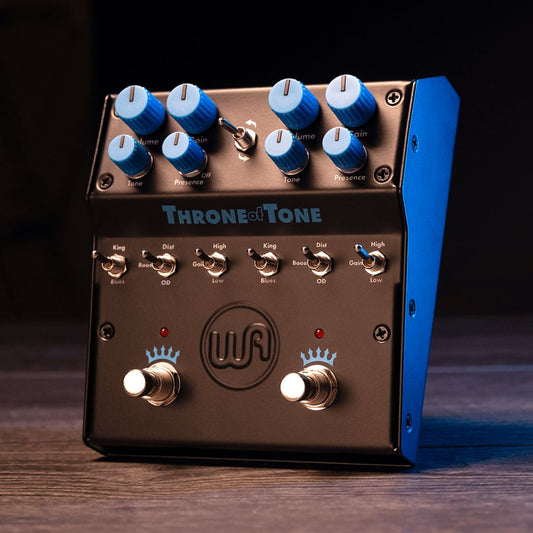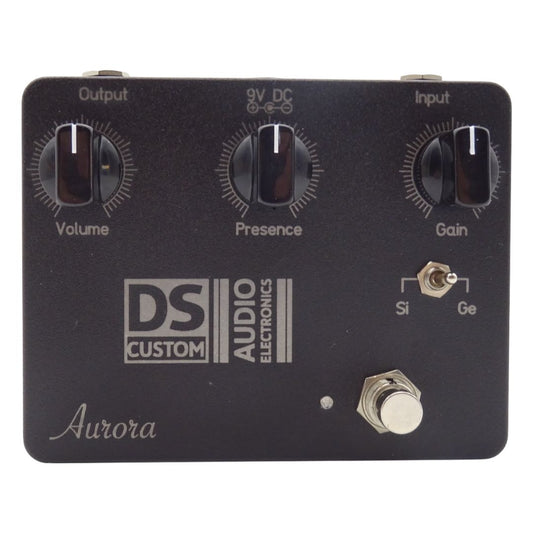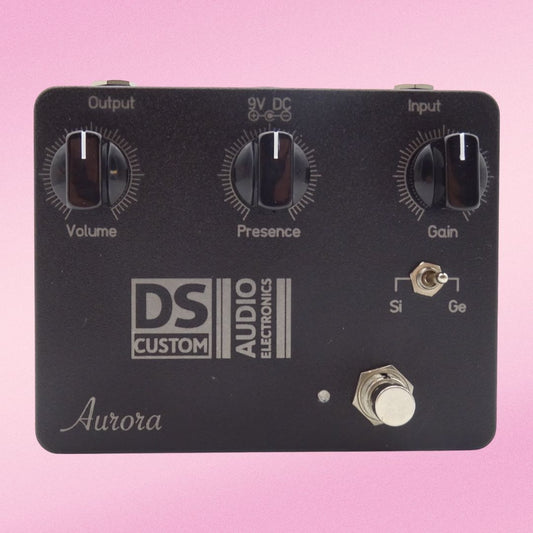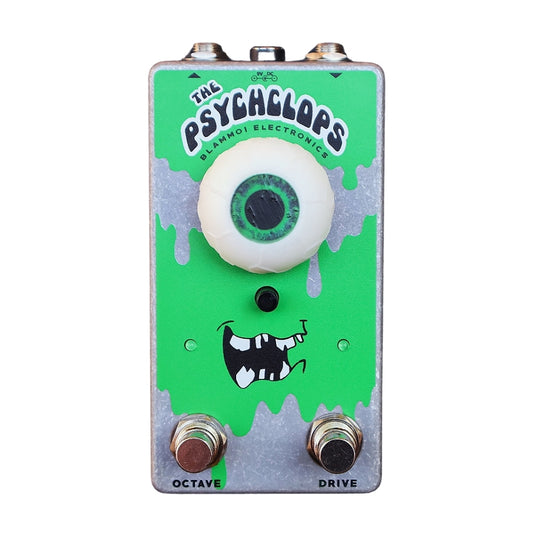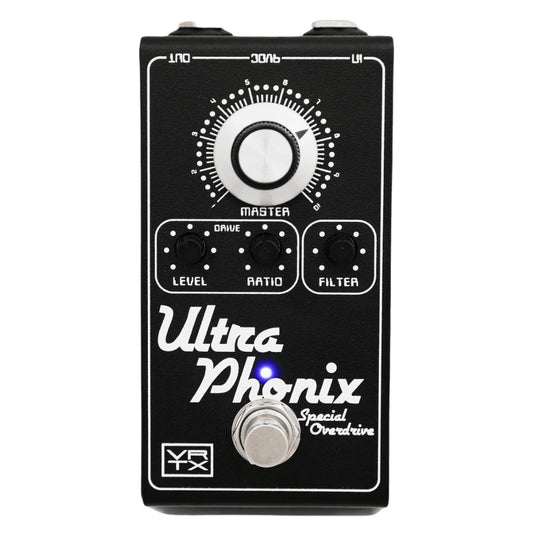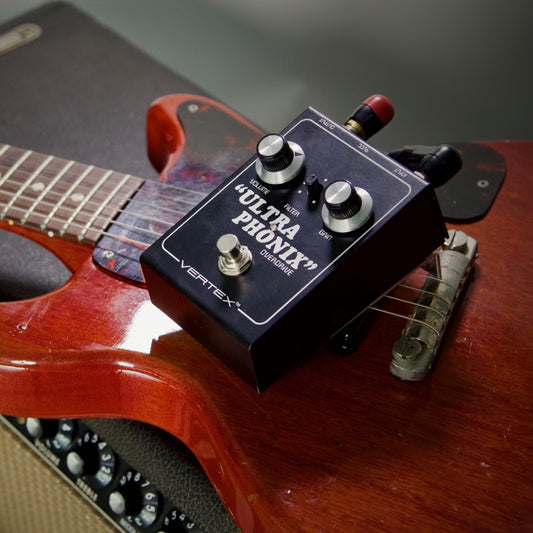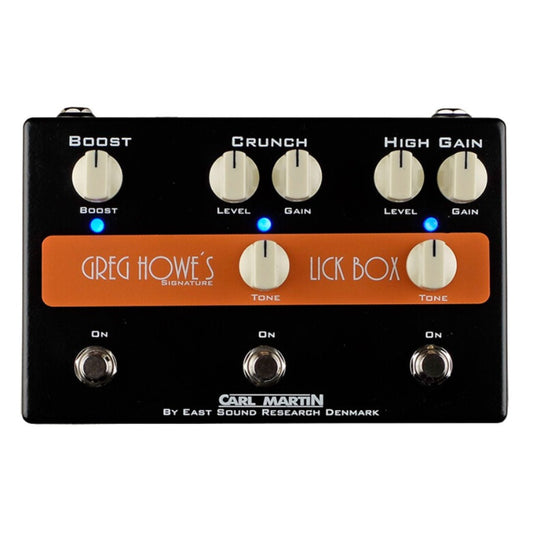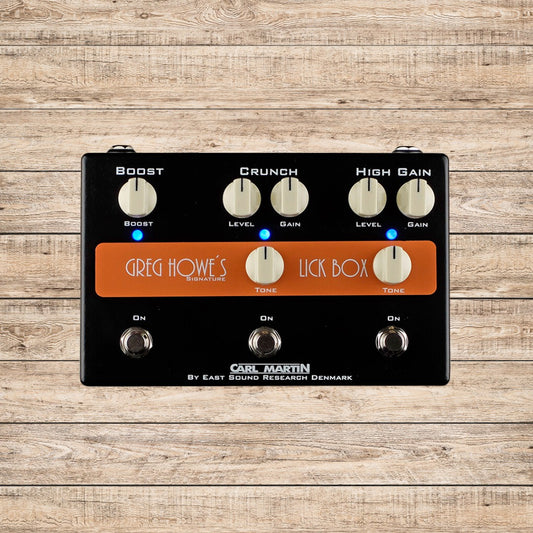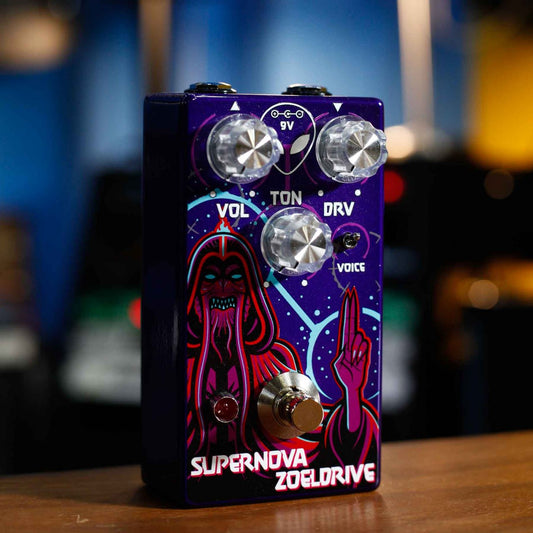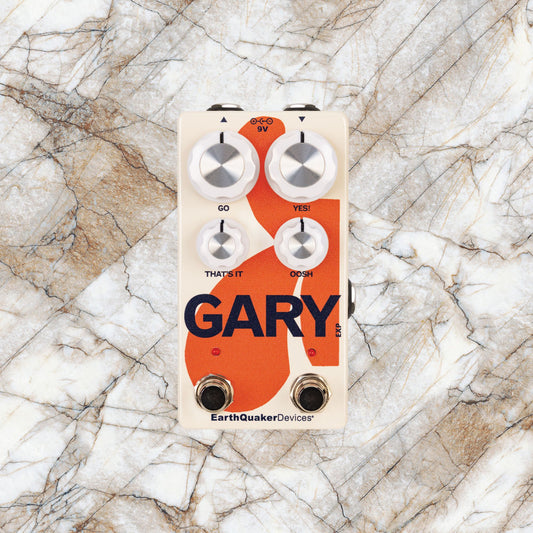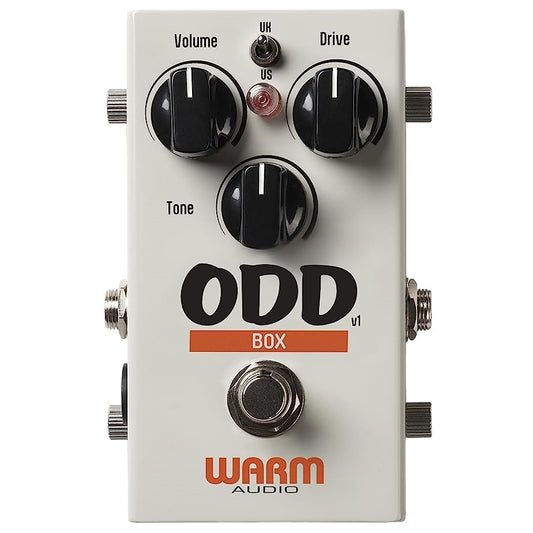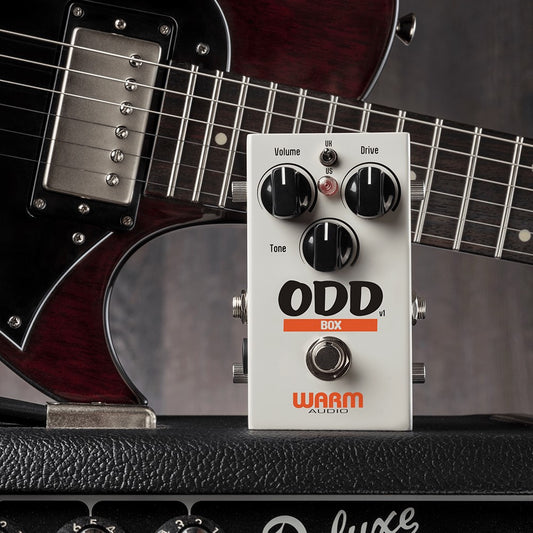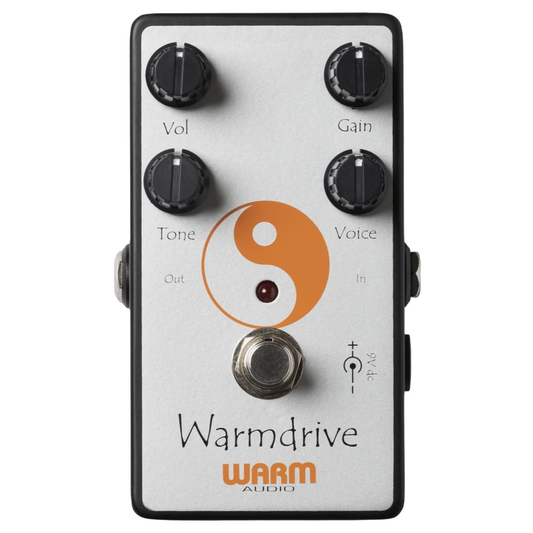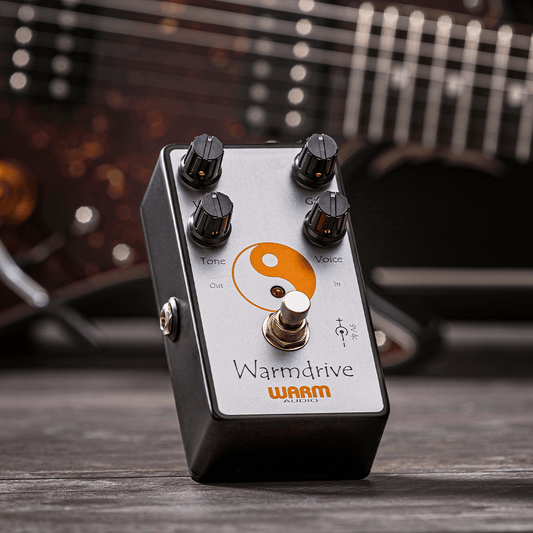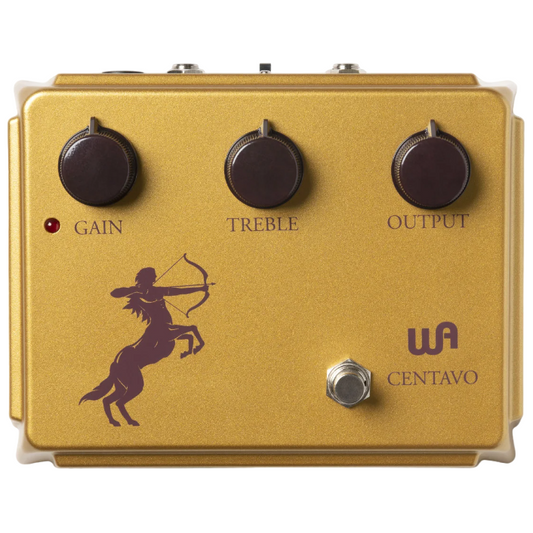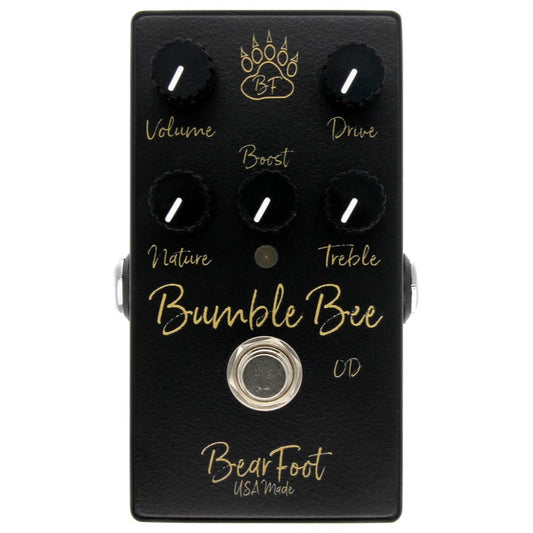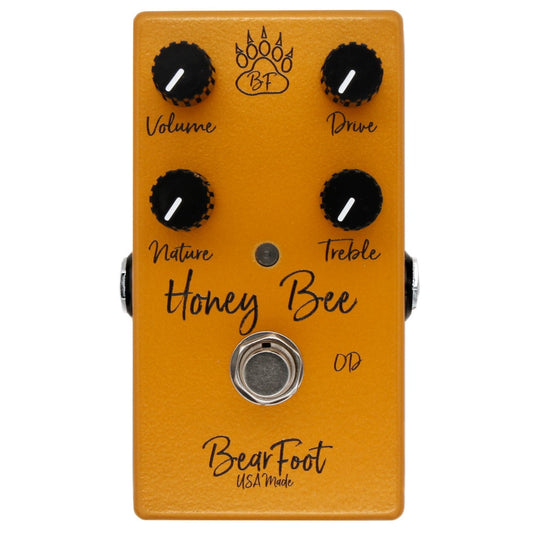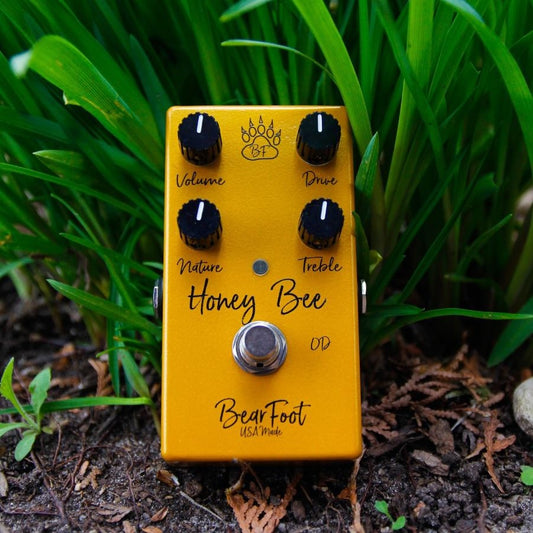Overdrive Pedals
-
Joe Gore Cult Germanium Channel Pedal
No reviewsRegular price $249.00Regular priceUnit price / per -
Fuzz War Death By Audio Pedal
2 reviewsRegular price $180.00Regular priceUnit price / per -
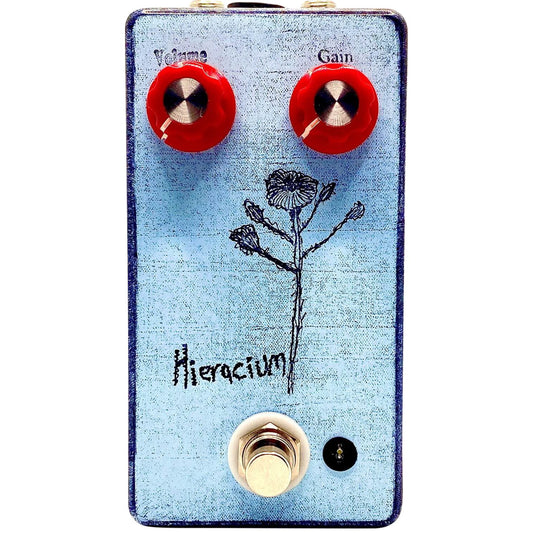
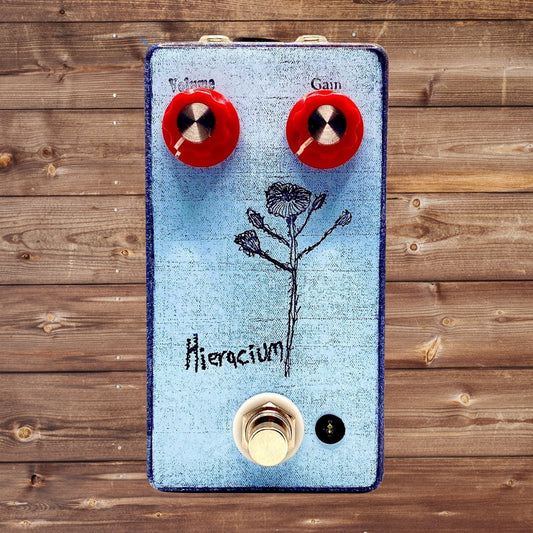 Sold out
Sold outMid-Fi Electronics Hieracium Pedal
Regular price $150.00Regular priceUnit price / per -
Dirty Haggard Vanilla Sex Pedal
3 reviewsRegular price $135.00Regular priceUnit price / per -
Warm Audio Throne of Tone Dual Overdrive Pedal
No reviewsRegular price $229.00Regular priceUnit price / per$229.00Sale price $229.00 -
DS Custom Aurora Pedal
1 reviewRegular price $149.00Regular priceUnit price / per -
BLAMMO! The Psychclops MKII Pedal
No reviewsRegular price $149.99Regular priceUnit price / per -
Vertex Effects Ultraphonix MKII Pedal
No reviewsRegular price $199.99Regular priceUnit price / per$199.99Sale price $199.99Sold out -
Carl Martin Greg Howe's Lick Box Pedal
1 reviewRegular price $279.00Regular priceUnit price / per$437.00Sale price $279.00$158 off -
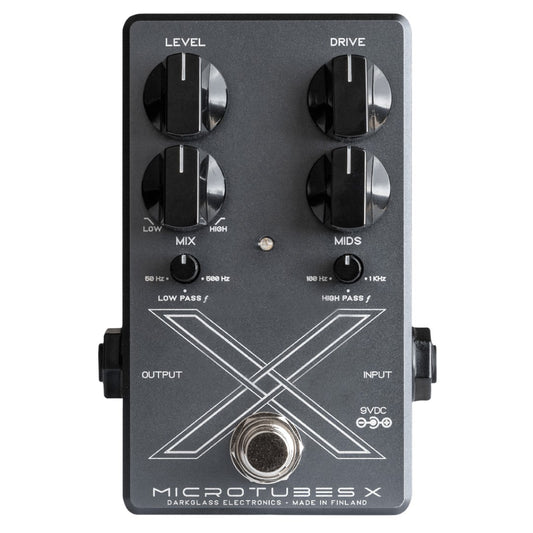
 $105 off
$105 offDarkglass Microtubes X Pedal
No reviewsRegular price $259.99Regular priceUnit price / per$364.99Sale price $259.99$105 off -
Interstellar Audio Machines Supernova Zoeldrive Pedal
No reviewsRegular price $199.00Regular priceUnit price / per$249.00Sale price $199.00$50 off -
EarthQuaker Devices Gary Pedal
No reviewsRegular price $199.00Regular priceUnit price / per -
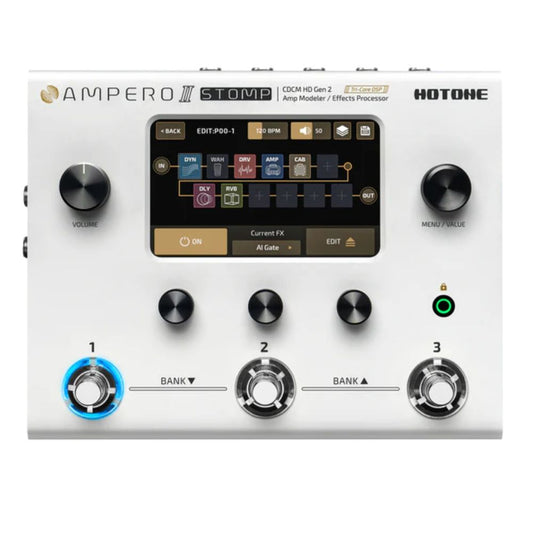
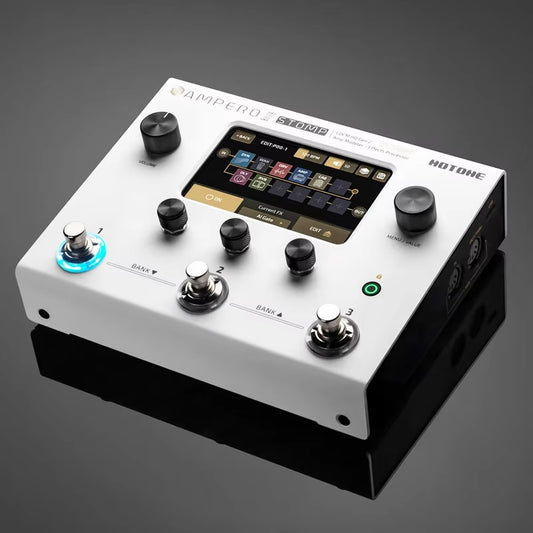 Sold out
Sold outHotone Audio Ampero II Stomp Pedal
No reviewsRegular price $499.99Regular priceUnit price / per$499.99Sale price $499.99Sold out -
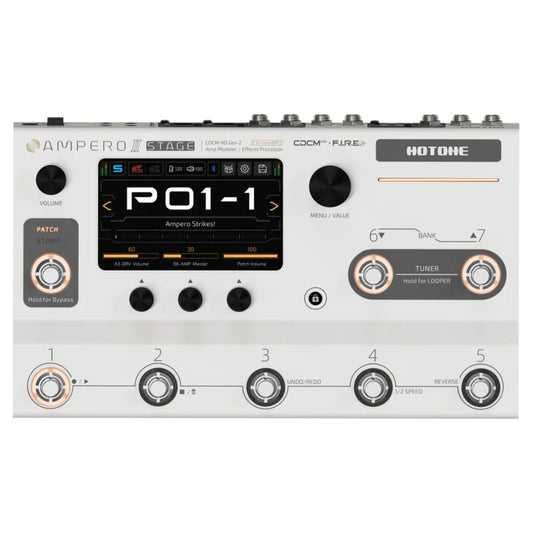
 Sold out
Sold outHotone Audio Ampero II Stage Pedal
No reviewsRegular price $699.99Regular priceUnit price / per$699.99Sale price $699.99Sold out -
Warm Audio ODD Box Pedal V1
No reviewsRegular price $129.00Regular priceUnit price / per$129.00Sale price $129.00 -
Warm Audio Warmdrive Pedal
1 reviewRegular price $149.00Regular priceUnit price / per$149.00Sale price $149.00 -
Warm Audio Centavo Pedal
No reviewsRegular price $189.00Regular priceUnit price / per$189.00Sale price $189.00 -
BearFoot FX Bumble Bee Pedal
No reviewsRegular price $189.00Regular priceUnit price / per -
BearFoot FX Honey Bee Pedal
No reviewsRegular price $179.00Regular priceUnit price / per -
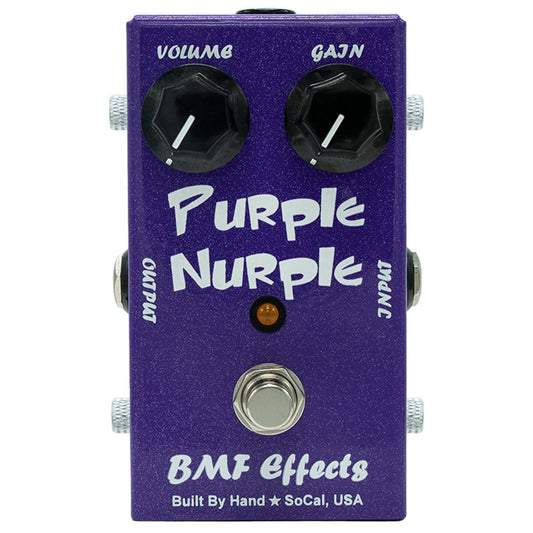
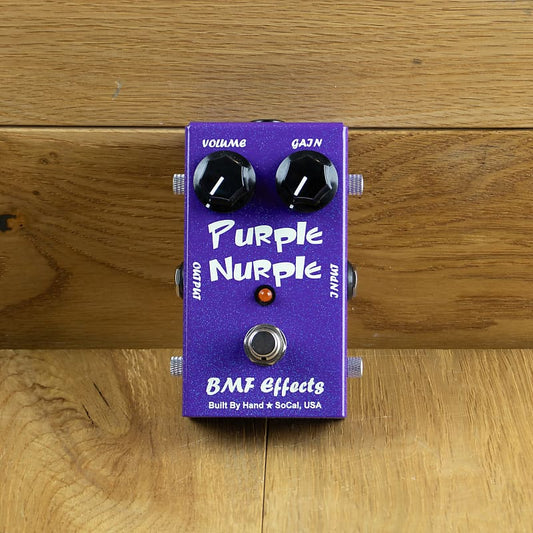 $30.99 off
$30.99 offBMF Effects Purple Nurple Overdrive Pedal
No reviewsRegular price $209.00Regular priceUnit price / per$239.99Sale price $209.00$30.99 off
Collection: Overdrive Pedals
What is an Overdrive Pedal?
The warm and gritty guitar parts that provide excitement in your favorite records are usually created with the help of an overdrive pedal.
Overdrive pedals simulate the natural distortion that happens when a tube amplifier is cranked to its limits, providing a richer, more dynamic tone. These effect pedals work by boosting your guitar signal and then clipping it at a lower threshold, resulting in smoother and more compressed distorted tones. These characteristics distinguish them from distortion pedals, which produce a more aggressively clipped sound.
Overdrive pedals also feature different types of circuits such as op-amp or diode-based clipping. The majority of these pedals have parameters like level, gain, and tone, allowing you to sculpt a variety of overdriven sonic textures according to your liking.
History of the Overdrive Pedal
The earliest overdrive pedals date back to the 1960s when guitarists needed to replicate the natural distortion of cranked tube amplifiers at lower volumes. An early pioneer of the overdrive was the Maestro FZ-1 Fuzz-Tone, which paved the way for this new type of guitar pedal.
By the late 1970s, a bigger breakthrough of overdrive pedals emerged. The introduction of pedals like the Ibanez Tube Screamer and the Boss OD-1 offered more refined types of overdrive pedals. They provided smoother and warmer overdriven tones when activated.
This pedal revolutionized guitar tones, enabling musicians to achieve consistent overdriven tones regardless of the amp’s volume, making them integral to modern-day pedalboards.
Who uses Overdrive Pedals?
The versatility and grittiness of overdrive pedals prove to be useful to a wide range of musicians across a variety of genres, including blues, rock, punk, and metal.
Legendary guitarists like Stevie Ray Vaughan, Eddie Van Halen, and Eric Clapton, all arguably having groundbreaking tones, are famously known for having overdrive pedals in their rigs. Contemporary musicians like John Mayer, Annie Clark (St. Vincent), and Jack White also utilize overdrive pedals to achieve their signature guitar tones.
Even bassists like Tim Commerford (Rage Against the Machine, Audioslave) and Mike Kerr (Royal Blood) have overdrive pedals as mainstays on their boards. Commerford uses overdrives for driving bass tones that cut through the mix, while Kerr uses his extensively to make his bass lines thicker to fill out his band’s sound.
Why You Need an Overdrive Pedal
An overdrive pedal is an indispensable tool for musicians looking to unlock a world of rich, dynamic, and gritty tones. Its versatility ranges from making your guitar solos sing to playing punchy and fully formed rhythm parts.
With the ability to dial in just the perfect amount of saturation, an overdrive pedal allows you to shape your tone with precision and creativity, ensuring that every note you play is infused with depth and personality. This is why studio professionals and live performers keep overdrive pedals as must-haves for their arsenals.
Whether you're a seasoned professional or just starting your musical journey, the warmth, grit, and harmonic complexity that overdrive pedals add to your sound breathes life into your guitar tone, making them an essential tool to elevate your sonic palette to new heights.
Where to Buy Overdrive Pedals
When looking for your next overdrive pedal, look no further as DeathCloud offers a wide variety of overdrive pedals. We offer unparalleled options from top-quality brands and unique boutique choices, letting you pick the best overdrive pedal that will fit your tonal soundscape’s needs.

